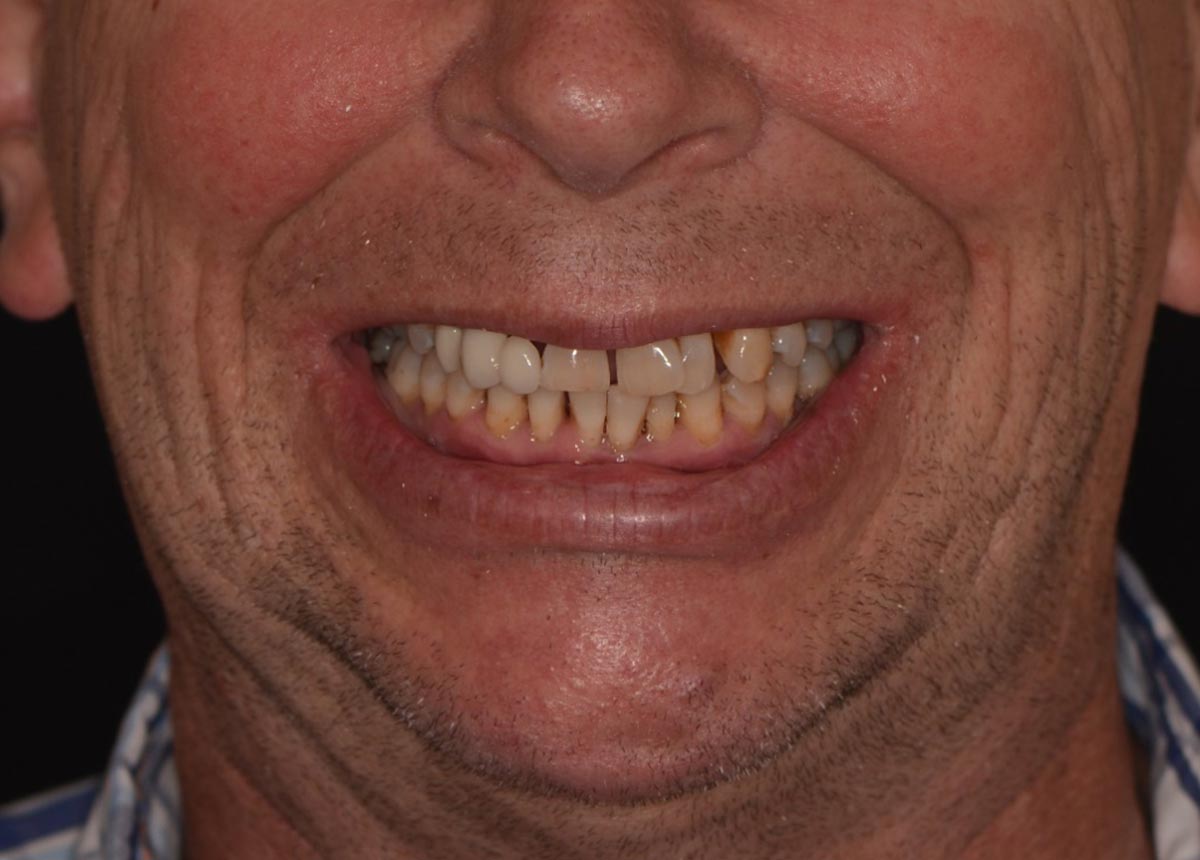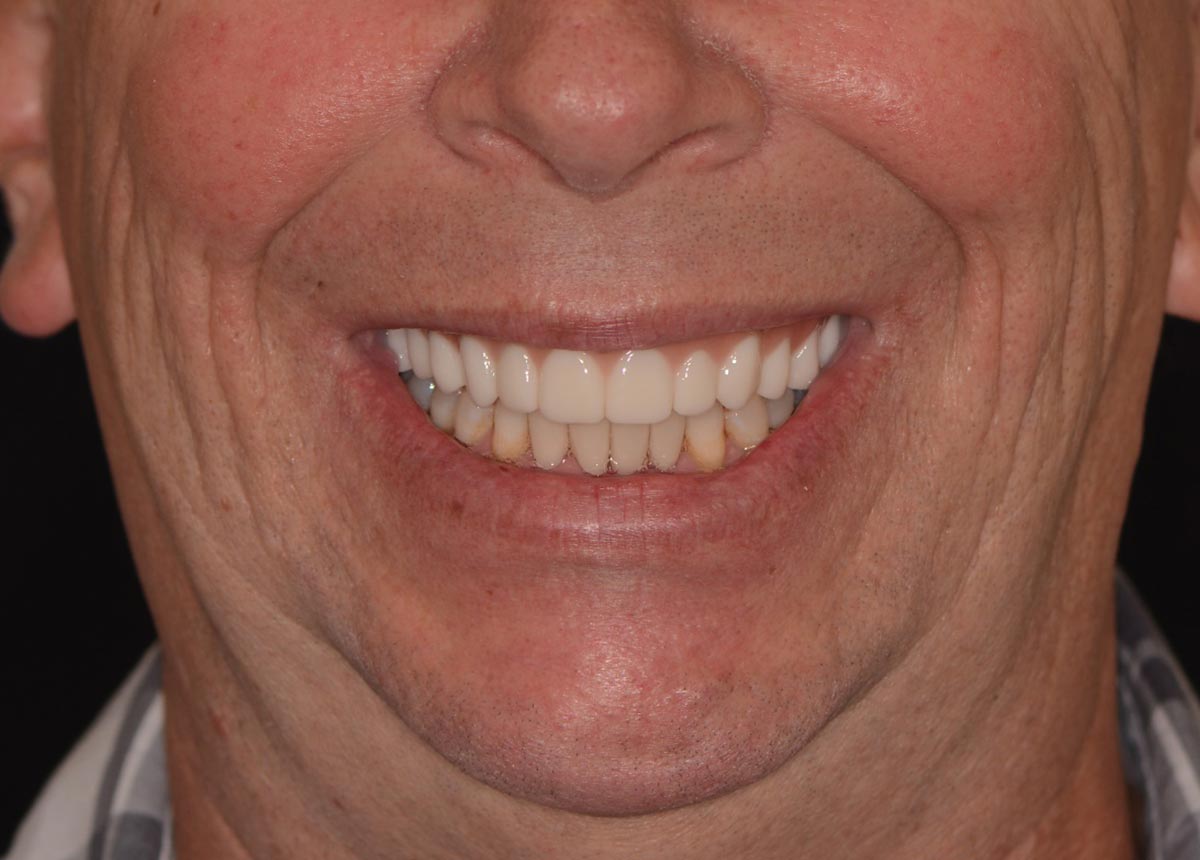Dental Implants
Dental Implant Procedures
Technically, a dental implant is an artificial tooth root that’s placed into your jaw to hold a prosthetic tooth or bridge. However, when most people use the term “dental implants,” they’re talking about the combination of the implant (the artificial tooth root) and the prosthetic tooth. Dental implants may be an option for people who have lost one or more teeth due to periodontal disease, an injury, or some other reason and who prefer not to wear dentures.
Are You a Candidate for Dental Implants?
You’re an ideal candidate for a dental implant if:
You’re in good general and oral health.
You have adequate bone in your jaw to support the implant.
Dental implants are intimately connected with the soft tissues (i.e., gums) and underlying hard tissues (i.e., bone) in the mouth. Since periodontists have had three years of specialized training beyond dental school to make them experts on both soft and hard tissues, they have the ideal combination of experience and knowledge to make sure you get a dental implant solution that looks and feels like your own teeth. At Fine Periodontics our doctors have been doing implants for over 10 years.
Types of Dental Implant Procedures
Here are some of the possible treatment plans depending on your situation:
Single Tooth Dental Implants
If you’re missing a single tooth, one dental implant can replace it.
Multiple Tooth Dental Implants
Full Mouth Dental Implants
All-on-X/Teeth in a Day
What are Teeth in a Day?
Teeth in a Day is a unique dental implant-supported denture process. Rather than removing teeth, then placing dental implants, then designing the denture, then attaching the denture over the course of months, Teeth in a Day streamlines the process. Instead of placing implants and asking patients to spend months without teeth, we will immediately place a traditional removable denture or an immediate load implant-retained removable denture. In most cases, you’ll need to have your denture adjusted or replaced once your smile has fully healed before we permanently attach the denture.
Who Should Consider Teeth in a Day?
How Does Teeth in a Day Work?
Benefits of the Teeth in a Day procedure include:
The temporary prosthetic provides additional protection as your dental implant fuses with the jawbone. Patients can feel confident sharing their smiles throughout the treatment process.


Bone Grafting
Ridge Augmentation
If tooth and bone loss has created unsightly indents in your jaw and gum tissues, then ask our periodontist about a ridge augmentation. Our doctors use this bone grafting procedure to restore the contour and structure of these areas. Schedule a visit to Fine Periodontics if you want to benefit from a ridge augmentation in Greenville or Anderson, South Carolina.
The alveolar ridge bone is part of your jaw that surrounds and supports your teeth at their roots. If you lose teeth, the socket inside of this bone usually heals on its own, but sometimes it can break and reduce the height and width of the socket. This results in bone loss which makes it difficult to place implants. It can also create indents in the gum and jaw. Other causes for indents in the ridge bone include periodontal disease, wearing dentures, birth defects, and injury.
If you dislike the appearance of these indents or if you want to receive a dental implant, then ask us about a ridge augmentation. This bone grafting procedure is specifically designed to restore the height and width of a socket using grafts and space-maintaining products. After lifting the gum tissue away to expose the affected area, we will place the graft and then suture the tissue over it again. We often perform this procedure immediately after tooth extractions, and after several months of healing, the graft will fuse to the alveolar ridge bone. Call our office if you want to learn more about ridge augmentation.
Sinus Augmentation
Because of the anatomy of the skull, the areas near the back part of your upper jaw usually have less bone tissue than other areas of your jaw. If you suffer from periodontal disease or tooth loss in these places, then the bone tissues can be reduced even more. However, the air pockets of the maxillary sinuses are located above these areas and can be used to restore the bone structure, allowing for implant placement.
We will make an incision in the gum tissue in order to expose the affected areas. After gently pushing the sinus membrane up, we will fill the space with bone grafts. These grafts can come from your own body, a cadaver, or they can be created from synthetic materials. After placing the graft, we will suture the gum tissue together again. The graft will eventually fuse to the jaw bone, healing and restoring lost tissue. Contact our team if you want to learn more about sinus augmentation.
Socket Preservation
If you have a tooth extracted, then the socket that remains in your jaw can be subject to damage from infection and disease. It can also shrink after tooth removal, which may create indents that affect your facial structure. Additionally, extractions create a loss of bone structure that makes it difficult to place implants and can create problems with bridges and dentures. In order to prevent these issues from developing, we provide a socket preservation procedure.
By performing this service after a tooth extraction, we can preserve the area and minimize bone loss. We will fill the socket with bone tissue (or another substitute) and then cover the area with gum tissue, an artificial membrane, or tissue-stimulating proteins. By filling the area, we restore the lost structure, stop shrinkage, and provide an implant foundation. Please visit our office if you want to learn more about socket preservations.
Implant-supported dentures
Implant-supported dentures are a great option for individuals who are seeking an affordable option to significantly improve their ability to chew and smile. The support of the implant allows the dental fixture to be shaped into a horseshoe, reducing the bulkiness and opening the palate to create more space for the tongue and a better ability to taste food. Implant-supported dentures are sturdier and do not require adhesive.
This type of denture is removable, and you’ll be able to snap it on and off as many times as needed. This means that cleaning and maintaining the denture is just as easy as a traditional denture.
Benefits of Implant-Supported Dentures
They are an affordable option for significant improvement in the ability to chew and smile